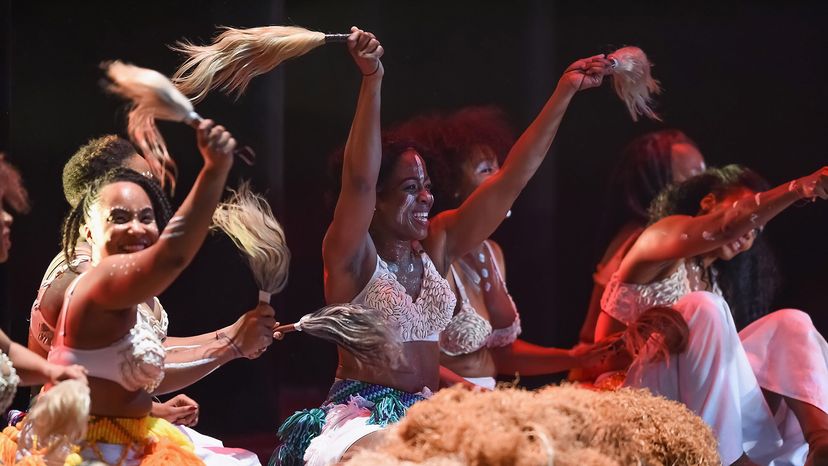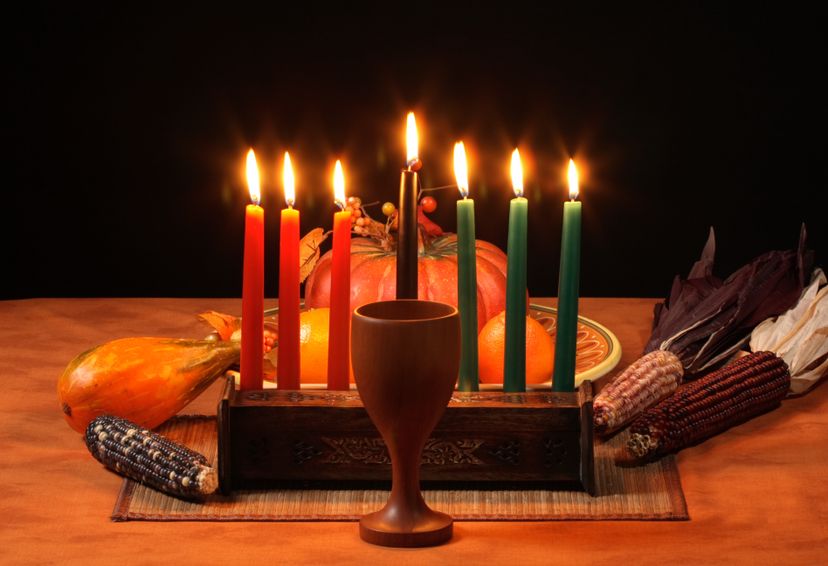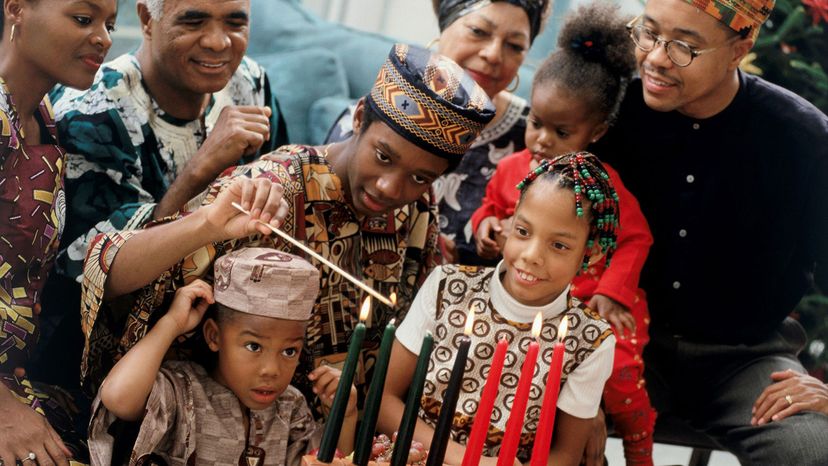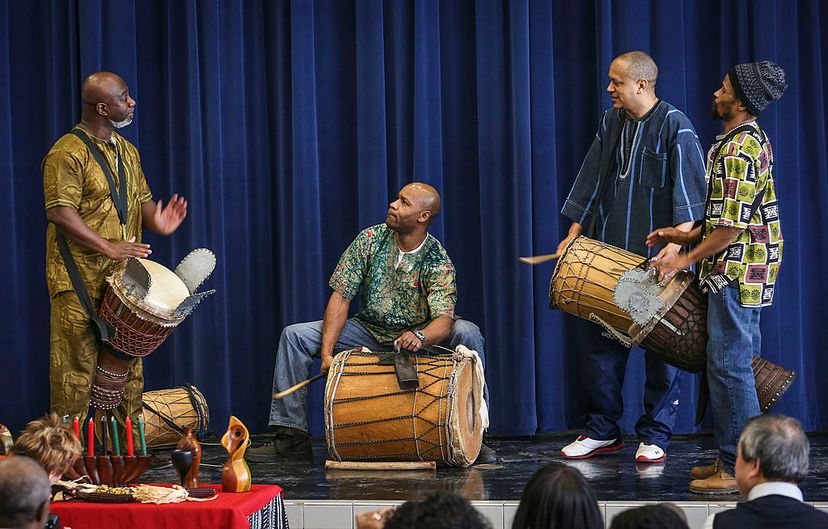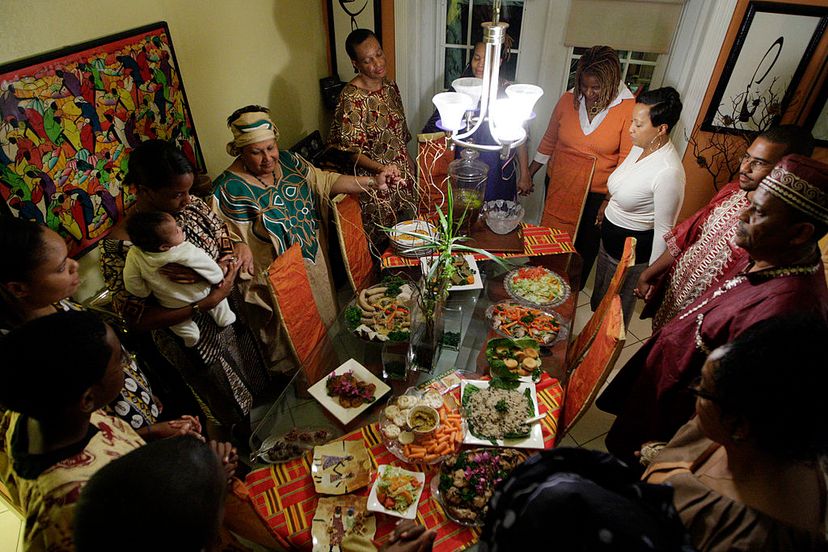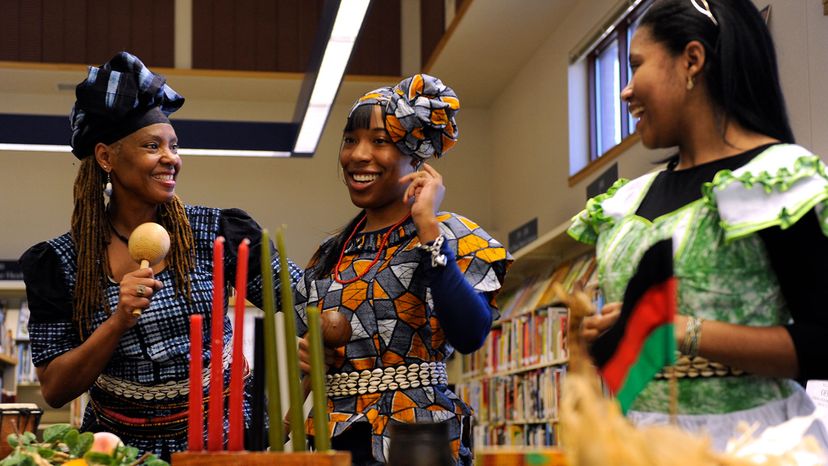
In late December, the holiday season is in full swing. Christians are celebrating Christmas, which commemorates the birth of Jesus. Jews are observing Hanukkah, which celebrates the reclamation of their holy temple in Jerusalem. These holidays are joyful celebrations in which families and friends come together to share food and gifts.
People of African descent have their own December celebration in which they gather with loved ones to reaffirm the bonds of family and culture, as well as to share food and exchange gifts. It is called Kwanzaa, and, although it is relatively new compared to other holidays, it has become an important facet of practicing African culture on other continents.
Advertisement
In this article, we will look at the roots of Kwanzaa, discover the significance of its symbols and learn about the unique traditions that make up the Kwanzaa celebration.
